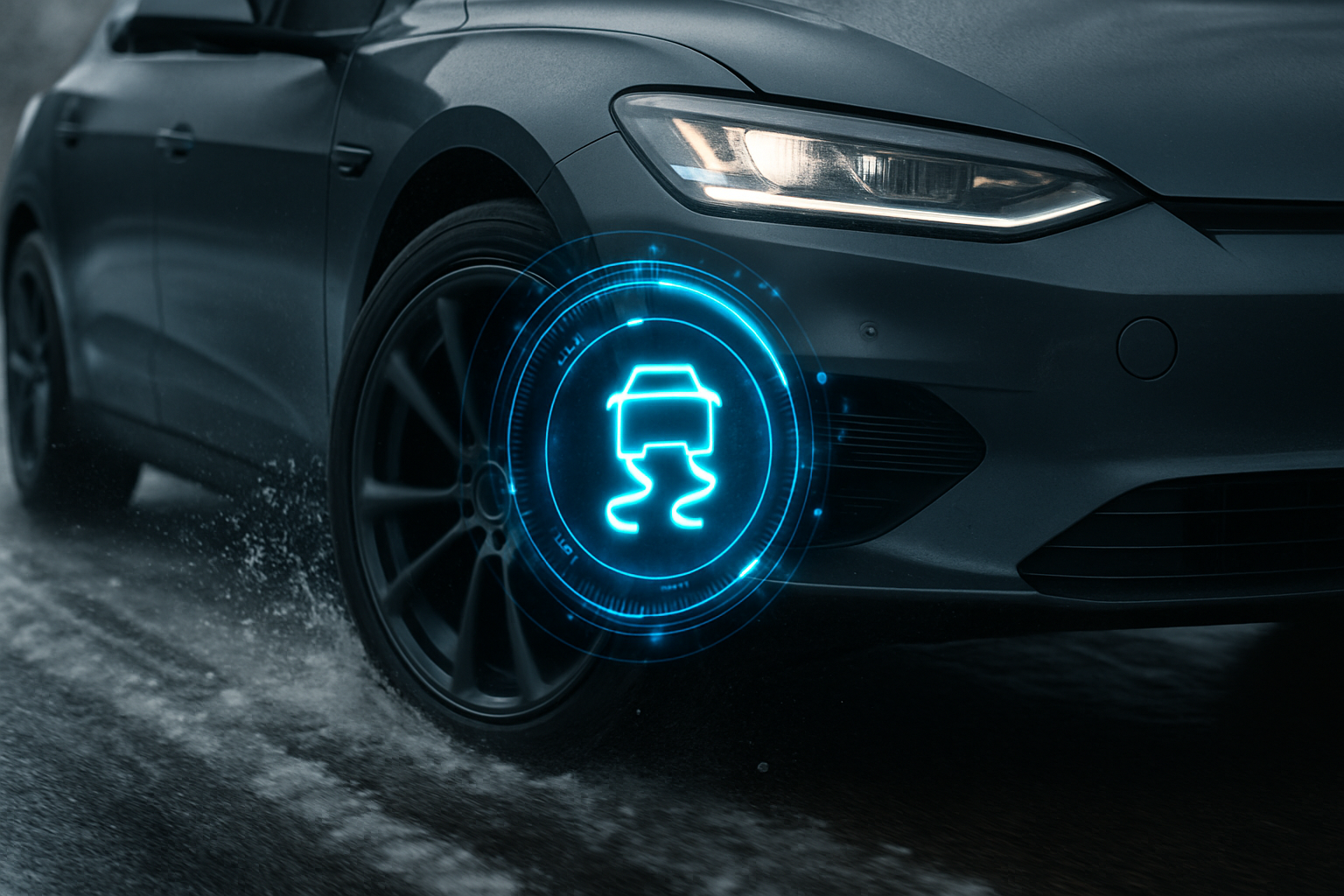A Deep Dive into Continuously Variable Transmissions: The Seamless Shift of Gears
Introduction: There's a transformative technology under the hood of your car that's been quietly revolutionizing the way we drive. It's called Continuously Variable Transmission (CVT), and it's changing the rules of the road. Here's how it works, and why it's shaking up the automotive industry.

The Birth and Rise of CVT
The concept of Continuously Variable Transmission isn’t new. Leonardo da Vinci sketched a primitive version way back in the 15th century. However, it wasn’t until the late 20th century that the technology became viable for mass production. Early CVTs were plagued with issues, including lack of durability and poor driving experience. But thanks to advancements in materials and control software, modern CVTs have overcome these hurdles, offering a wholly unique driving experience and a host of benefits over traditional transmissions.
Understanding the Mechanics of CVT
Unlike conventional transmissions, a CVT doesn’t rely on fixed gear ratios. Instead, it uses a pair of pulleys connected by a belt or chain that can vary the effective gear ratio continuously. This means the engine can always operate at its most efficient speed, regardless of how fast the car is moving. This fundamental difference is what makes CVT such a game-changer in the automotive world.
The Current State of CVT in the Industry
CVTs have been steadily gaining popularity over the past two decades, particularly in Asia and Europe. Leading car manufacturers like Honda, Nissan, and Subaru have adopted CVT for their vehicles, citing benefits such as improved fuel efficiency and smoother acceleration. However, CVTs are not without their criticisms, with some drivers reporting a less engaging driving experience due to the lack of conventional gear shifts.
The Impact of CVT on Fuel Efficiency and Performance
The main advantage of a CVT is its potential for improved fuel efficiency. Because the transmission can adjust to the exact engine speed needed for any given situation, it can optimize fuel consumption. Additionally, CVTs offer smoother acceleration and deceleration, as there are no distinct gear changes. However, the very feature that makes CVT so efficient and smooth—its lack of fixed gears—also makes it feel different to drive, which has been a sticking point for some car enthusiasts.
The Future of CVT: Opportunities and Challenges
Despite the mixed reception, CVT technology continues to evolve. Engineers are exploring ways to make CVTs feel more like traditional transmissions, including programming artificial “shift points” into the transmission’s software. These developments could help CVTs gain wider acceptance without sacrificing their inherent advantages. However, the rise of electric vehicles, which don’t require transmissions, could limit the future growth of CVTs.
In conclusion, Continuously Variable Transmission, with its promise of improved fuel efficiency and smoother driving experience, has proven to be a significant development in automotive technology. As engineers continue to refine and advance CVT technology, it will be interesting to see how it impacts the future of driving.




